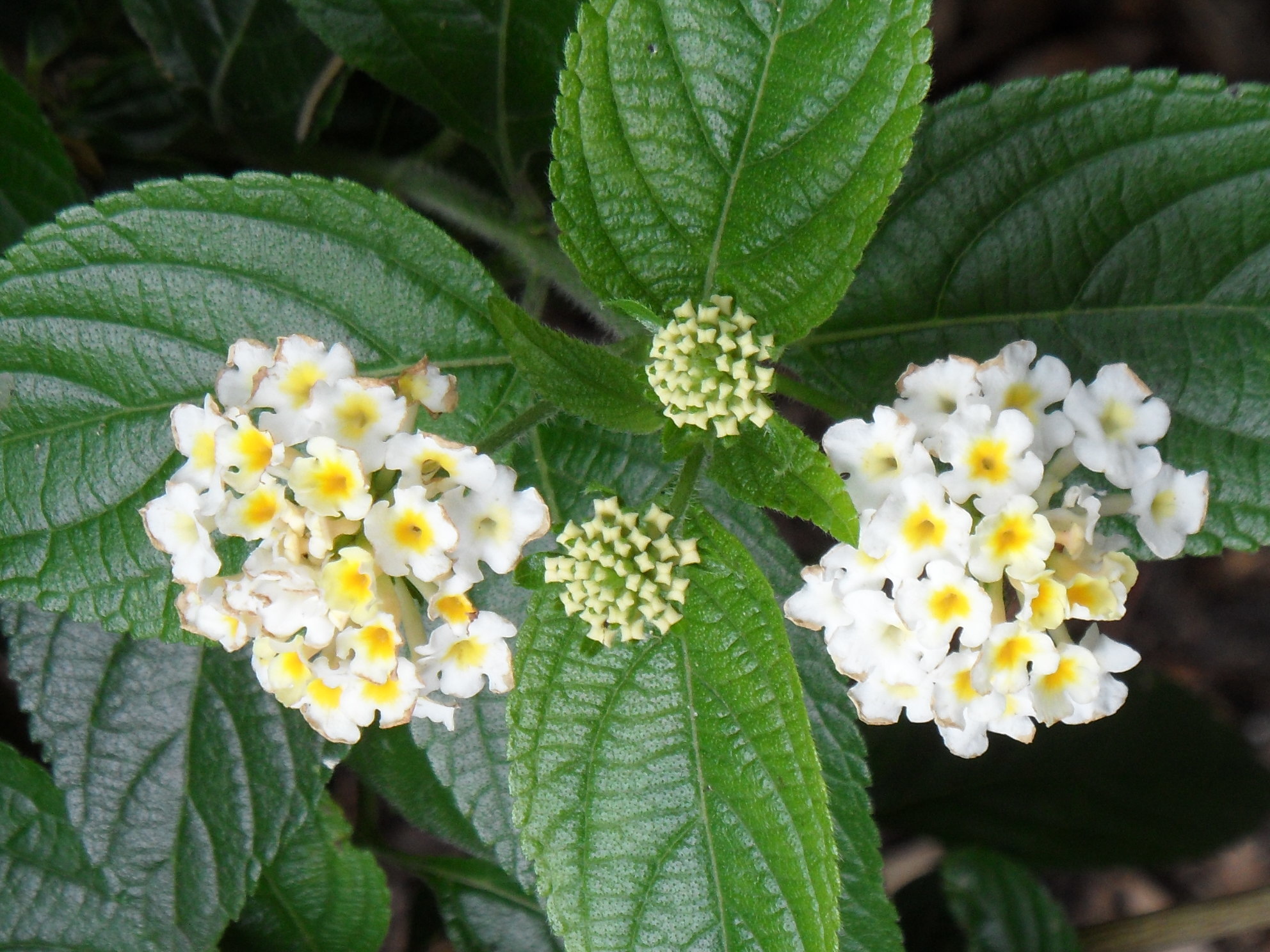
Referring to the similarity of the genus to Viburnum lantana.
Herbs or shrubs erect to scrambling, branchlets 4-angled, rough to prickly. Leaves opposite or whorled, simple, often rough and wrinkled, toothed. Flower clusters axillary or terminal, of many flowers in a stalked head (rarely spike-like). Flowers regular, salver-shaped, more or less cylindrical, lobes 4-5. Stamens 4 in 2 pairs, not protruding. Ovary of 2 chambers, each with 1 ovule. Fruits generally succulent.
Grown for the colourful flower heads and sometimes used for hedging. Most species are reported as poisonous to livestock.
Mostly by softwood cuttings, occasionally by seed.
Individual flowers without stalks; ovary of 2 chambers; fruit fleshy.
About 150 species from tropical America and Africa.
Swarbrick (1986), Munir (1996).
Source: (2002). Verbenaceae. In: . Horticultural Flora of South-eastern Australia. Volume 4. Flowering plants. Dicotyledons. Part 3. The identification of garden and cultivated plants. University of New South Wales Press.
